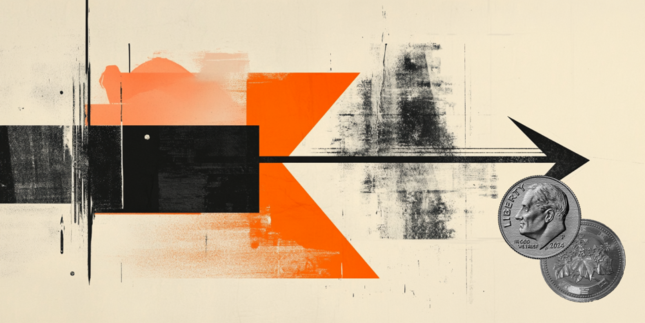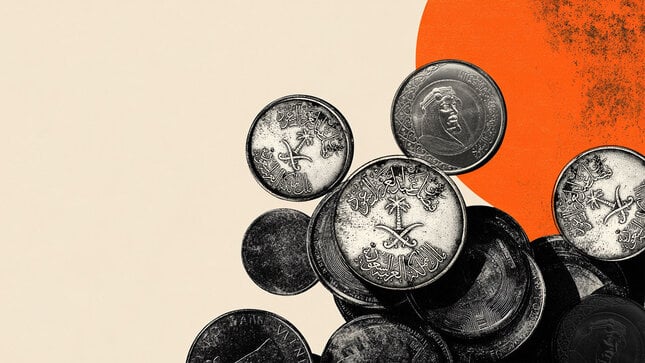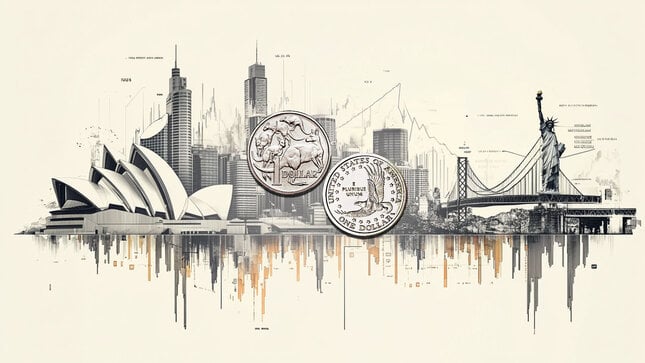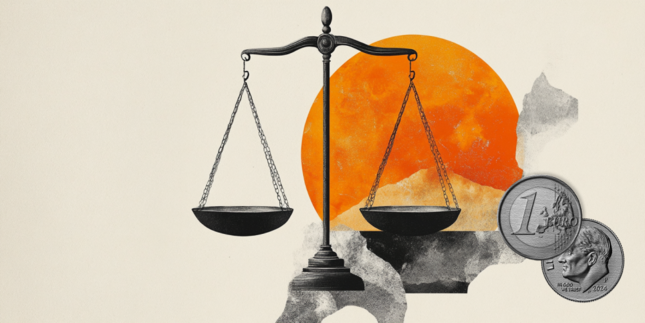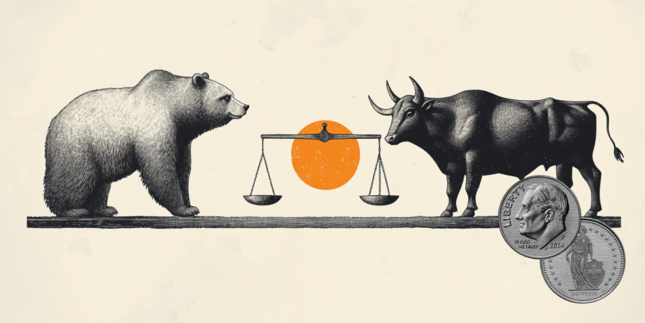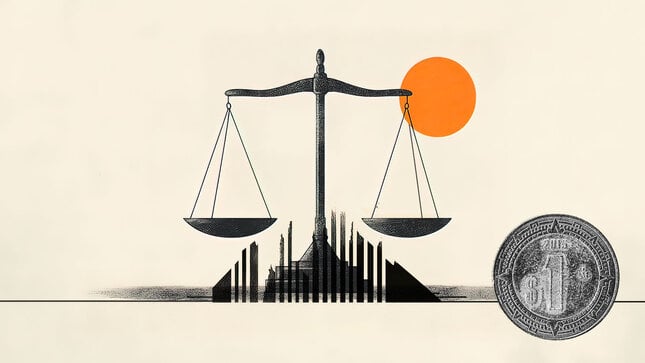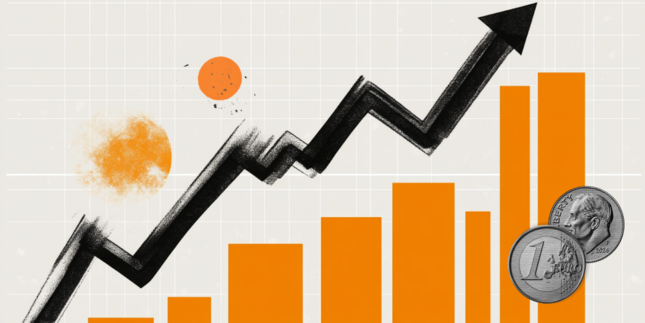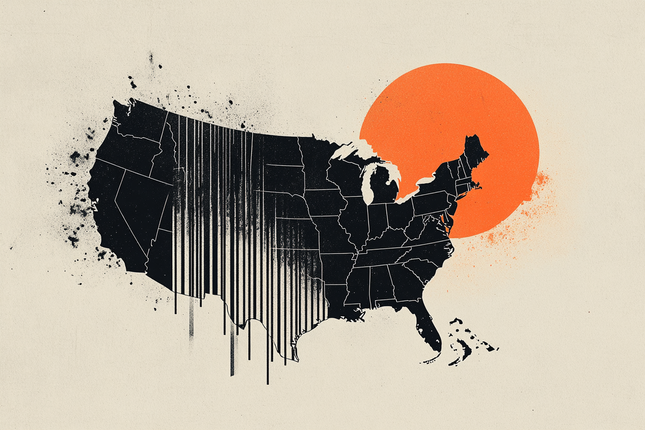US Dollar Index weakens as confidence and labor data disappoint
- The US Dollar Index trades slightly higher, reversing part of Monday’s pullback.
- Larger trend remains bearish despite modest intraday gains and mixed sentiment.
- Technicals show key resistance levels forming amid downside pressure.
- Focus shifts to GDP, core PCE, and Nonfarm Payrolls later this week.
The US Dollar Index (DXY), which measures the value of the US Dollar against a basket of currencies, is showing muted gains on Tuesday after soft labor market and consumer sentiment data raised expectations for policy easing. The index remains under pressure despite trade headlines and equity market strength.
Daily digest market movers: US Dollar steadies as weak labor, confidence data weigh on outlook
- The Dow Jones Industrial Average rose over 300 points, gaining 0.80% on Tuesday as weaker US data pushed Treasury yields lower and supported equities.
- The US Bureau of Labor Statistics reported that job openings fell to 7.19 million in March, below the expected 7.5 million, indicating labor demand weakness.
- The Conference Board’s Consumer Confidence Index dropped sharply to 86.0 in April from 93.9, its lowest reading since April 2020.
- Commerce Secretary Howard Lutnick presented White House plans to support US automakers; tariff concessions were made for some imported auto parts.
- US Treasury Secretary Scott Bessent’s comments failed to reassure markets, noting trade deals with China are weeks away and progress with India and Japan remains vague.
- Amazon's shares declined after reports suggested the company might list tariff costs online; the company later denied it would do so.
- China decided to waive its recently imposed 125% tariff on US ethane imports, easing some pressure in energy markets.
- The Dallas Fed Manufacturing Index dropped to its weakest level since May 2020, reinforcing the stagflationary narrative building across US regions.
- Odds of a Fed rate cut in June rose to 56.8% after weaker-than-expected labor and sentiment data increased concerns about economic momentum.
- Investors await US Q1 2025 GDP, April Core Personal Consumption Expenditures, ISM Manufacturing PMI, and Nonfarm Payrolls later this week.
Technical analysis: DXY demonstrates moderate gains despite bearish picture
The DXY is showing a slight intraday gain around 99.20, though the broader trend remains bearish. Price action is trapped between 98.95 and 99.37. Momentum is mixed, with the Moving Average Convergence Divergence ( MACD ) flashing a buy signal, while the Relative Strength Index RSI (35.71) and the Ultimate Oscillator (50.06) remain neutral. The 20-day Simple Moving Average (SMA) (100.79), 100-day SMA (105.64), and 200-day SMA (104.48) all suggest bearish continuation. Additional downside pressure is confirmed by the 10-day Exponential Moving Average (EMA) (99.64) and 10-day SMA (99.35). Resistance levels are located at 99.26, 99.35, and 99.64.
US Dollar FAQs
The US Dollar (USD) is the official currency of the United States of America, and the ‘de facto’ currency of a significant number of other countries where it is found in circulation alongside local notes. It is the most heavily traded currency in the world, accounting for over 88% of all global foreign exchange turnover, or an average of $6.6 trillion in transactions per day, according to data from 2022. Following the second world war, the USD took over from the British Pound as the world’s reserve currency. For most of its history, the US Dollar was backed by Gold, until the Bretton Woods Agreement in 1971 when the Gold Standard went away.
The most important single factor impacting on the value of the US Dollar is monetary policy, which is shaped by the Federal Reserve (Fed). The Fed has two mandates: to achieve price stability (control inflation) and foster full employment. Its primary tool to achieve these two goals is by adjusting interest rates. When prices are rising too quickly and inflation is above the Fed’s 2% target, the Fed will raise rates, which helps the USD value. When inflation falls below 2% or the Unemployment Rate is too high, the Fed may lower interest rates, which weighs on the Greenback.
In extreme situations, the Federal Reserve can also print more Dollars and enact quantitative easing (QE). QE is the process by which the Fed substantially increases the flow of credit in a stuck financial system. It is a non-standard policy measure used when credit has dried up because banks will not lend to each other (out of the fear of counterparty default). It is a last resort when simply lowering interest rates is unlikely to achieve the necessary result. It was the Fed’s weapon of choice to combat the credit crunch that occurred during the Great Financial Crisis in 2008. It involves the Fed printing more Dollars and using them to buy US government bonds predominantly from financial institutions. QE usually leads to a weaker US Dollar.
Quantitative tightening (QT) is the reverse process whereby the Federal Reserve stops buying bonds from financial institutions and does not reinvest the principal from the bonds it holds maturing in new purchases. It is usually positive for the US Dollar.
Forex News
Keep up with the financial markets, know what's happening and what is affecting the markets with our latest market updates. Analyze market movers, trends and build your trading strategies accordingly.

